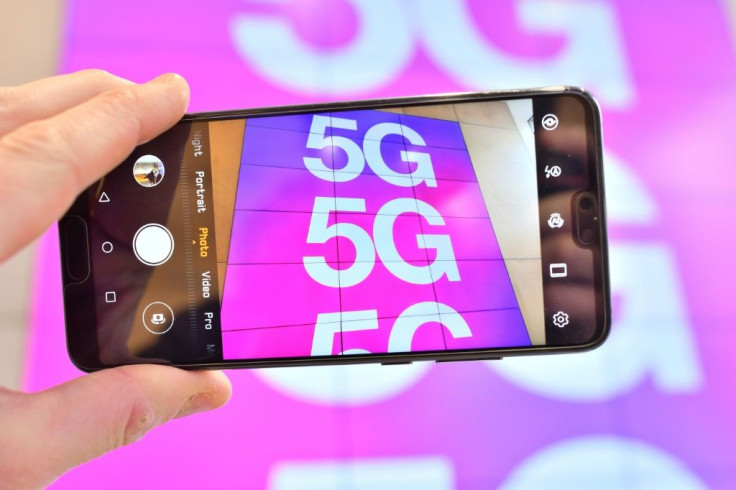5G Is Here, But How Can Carriers Market And Monetize It?

According to a recent study by Amdocs, 35 and 36% of U.S. and U.K. consumers, respectively, intend to buy a 5G smartphone this year. Carriers across the globe are striving to keep up with the appetite for faster, more reliable connectivity, and are rolling out 5G networks as quickly and extensively as possible. However, they are naturally concerned with debt and profitability, and need to ensure that they are able to create new business models to rapidly monetize 5G and recoup their network investments.
Today, most carriers have launched tiered 5G plans based on the volume of data, voice and text, very similar to traditional 4G plans. 5G networks, however, are capable of delivering much faster speeds, lower latency (network response times) and reliability than its predecessor, presenting a range of new opportunities for how they can be marketed to consumers. So, what new tactics can carriers use to generate 5G revenue from consumers, and what will this mean to subscribers?
Quality of service packages
5G subscribers will initially experience 30-50% increase in speeds over 4G. Over the next five years the technology could offer speeds that are a hundred times faster than today’s networks, paving the way for a huge range of new connected services. Until then, 5G will primarily benefit most of the mobile services that we use today. We’ll be able to download films much faster, buffering on streaming will become obsolete, and browsing the web will be lightning fast.
In the near term we can expect carriers to capitalize on the speed benefits of 5G and market this appropriately to consumers. All three major carriers in South Korea, and five in Europe, have launched speed tiered mobile plans – a tactic which is common in most fixed broadband plans. A high-end 5G plan typically promises the maximum speed the network can deliver, e.g. 500Mbps, and then scales down from there at different price points.
5G packages that can define the quality-of-service for consumers, based on features such as speed, could help drive the adoption of new 5G services. Cloud gaming services, such as Google, require high-speed and low-latency connectivity. Serious gamers may value a 5G package that could guarantee the necessary performance levels. Over the next couple of years, we are likely to see tailored packages being introduced to specifically support users of 5G’s major use cases, such as cloud gaming, VR and AR, and HD video streaming.
New connected hardware
One of the big architectural network changes that 5G introduces is mobile edge computing (MEC). This innovation moves network processing power to the cloud at the edge of the network (closer to the end-user). Many consumer devices, such as games consoles or VR headsets, can also benefit from this innovation, as they can move processing power out of the hardware and into the network. This can reduce the cost of hardware and extend the battery life of devices.
As a result, consumers will see a range of new, relatively low-cost devices hit the market, developed specifically to leverage 5G’s capabilities. Carriers can play a vital role in introducing this technology to the marketplace as part of their 5G bundles. This could drive adoption of their 5G services and new technologies, providing them with new revenue streams.
Swappable bundles
Swappable bundles are another way of marketing 5G, designed to deliver a connected ecosystem of services for consumers. They typically offer subscribers a range of services that they select and change through their operator’s app every month, charged on top of their standard connectivity plan. These could include popular services such as Amazon Prime, Netflix, Disney+, Google Stadia and Spotify.
EE in the U.K., and a number of carriers in South Korea, are already offering swappable plans. Generally, this model is much cheaper for consumers who don’t have to go directly to the provider. Through partnership with entertainment service providers, carriers can become a one-stop shop for consumers’ favorite services and applications.
The system requirements
If carriers can successfully deliver new hardware and entertainment services to their customers, they will be able to better understand their specific 5G connectivity requirements. So, for example, if a customer has subscribed to Google Stadia and has purchased a VR headset through their carrier, the carrier can then offer a 5G package with the appropriate speed and latency.
Of course, to confidently market and monetize new 5G benefits, carriers need the right network technology to make this happen. Network slicing is a new 5G technology that enables carriers to optimize connectivity parameters, such as bandwidth and latency, for a specific service, without impacting the overall network. When combined with other innovations such as MEC, carriers can unleash a range of new network services and monetization possibilities that can support new business models.
(Angela Logothetis is CTO, Open Network Division at Amdocs.)
© Copyright IBTimes 2024. All rights reserved.





















